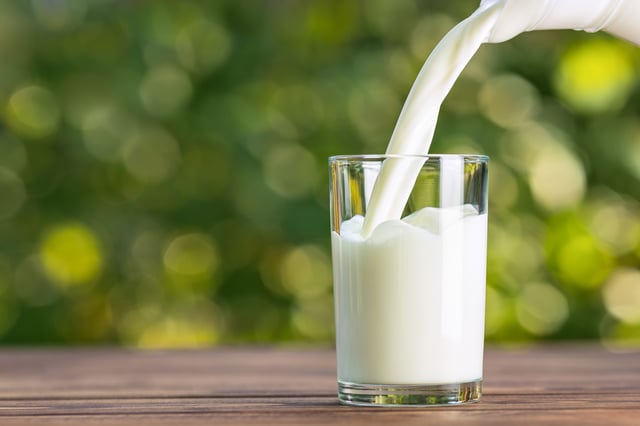Overview
- The July 23 study in Science of the Total Environment found titanium dioxide nanoparticles in breast milk from ten volunteer mothers in the Paris area, with concentrations varying up to fifteenfold between individuals.
- Analysis showed 83% of infant formula samples and 100% of tested animal milks—including cow, goat and donkey—contained nanoparticles at levels ranging from 6 million to 3.9 billion particles per liter in formulas and 16 to 348 million per liter in animal milks.
- Although titanium dioxide (E171) was banned in France in 2020 and across the EU in 2022, its widespread use in cosmetics, sunscreens and paints may drive inhalation or environmental contamination.
- Researchers confirm that titanium dioxide crosses the mammary barrier and note prior evidence of placental transfer, raising concerns over potential impacts on maternal and newborn health.
- The research team calls for efforts to identify non-dietary contamination sources and conduct further toxicological studies to assess long-term health risks.



